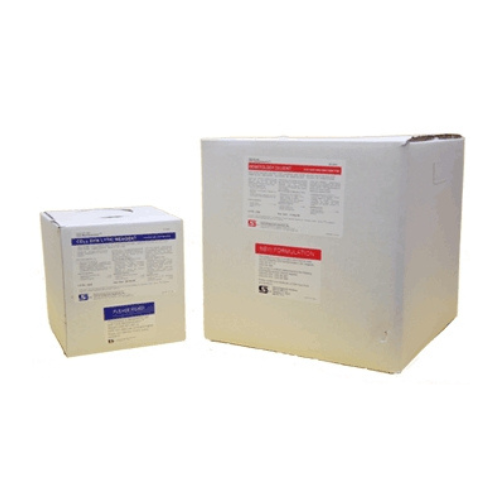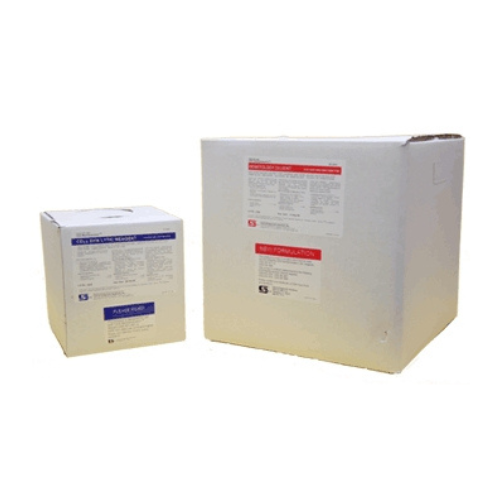For Business Use Only. Does Not Ship to Residential Addresses. For use inside an Analyzer, Sold Separately.
Thermo Kit THC OFT MCC
In Stock
Product code: T-10014910
MPN: 10014910
Manufacturer: Thermo Scientific
Shipping Weight: 2.00lbs (0.91kg)

WHY CHOOSE BLOCK SCIENTIFIC?
See why in 2 mins.
Thermo Kit THC OFT MCC
Thermo Kit THC OFT MCC
Specifications
- Control Sets: CEDIA THC (Cannabinoids) OFT
- Description: CEDIA Cannabinoids OFT Assay
- Detectable Analytes: Cannabinoids (THC)
- DoA Calibrators: CEDIA THC (Cannabinoids) OFT
- Quantity: 1 x 65mL
- Storage Requirements: 2° to 8°C
Intended Use
The Thermo Scientific CEDIA Cannabinoids OFT Assay is intended for use in the qualitative determination of Cannabinoids in human oral fluid at a cutoff concentration of 3 ng/mL in neat oral fluid. The specimen must be collected exclusively with the Oral-Eze® Oral Fluid Collection System. The assay is calibrated against l-Δ9 THC and performed on clinical chemistry analyzers. This in vitro diagnostic device is intended for clinical laboratory use only.
Summary and Explanation of the Test
The collection of oral fluid is less invasive and no special facilities are required. Oral fluid contains mostly parent drug and therefore is a better indicator of recent drug use.
Cannabinoids and minor amounts of cannabinoid metabolites could be detected in oral fluid immediately within 30 minutes after administration. Therefore, detection of cannabinoids and their metabolites in oral fluids is a good indicator of recent use. Detection levels and duration of detection of cannabinoids in oral fluid are dependent up on pH and amount of drug consumed.
CEDIA Cannabinoids OFT Assay uses recombinant DNA technology to produce a unique homogeneous enzyme immunoassay system. The assay is based on the bacterial enzyme β-galactosidase, which has been genetically engineered into two inactive fragments. These fragments spontaneously re-associate to form fully active enzyme that, in the assay format, cleave a substrate, generating a color change that can be measured spectrophotometrically.
In the assay, analyte in the sample competes with analyte conjugated to one inactive fragment (enzyme donor) of β-galactosidase for antibody binding site. If analyte is present in the sample, it binds to antibody, leaving the inactive enzyme fragment free to form active enzyme. If the analyte is not present in the sample, antibody binds to analyte conjugated on the inactive fragment, inhibiting the re-association of inactive β-galactosidase fragments, and no active enzyme is formed. The amount of active enzyme formed and resultant absorbance change are directly proportional to the amount of analyte present in the sample.











